
Pin on All creatures great and small
12. Mariana Fruit Bat (Pteropus mariannus) 13. Peter's Dwarf Epauletted Fruit Bat (Micropteropus pusillus) 14. Grey-Headed Flying Fox (Pteropus poliocephalus) 15. Ghost Bat (Macroderma gigas) 16. Hammer-Headed Bat (Hypsignathus monstrosus) 17. Lesser Short-Nosed Fruit Bat (Cynopterus brachyotis) 18. Honduran White Bat (Ectophylla alba) 19.
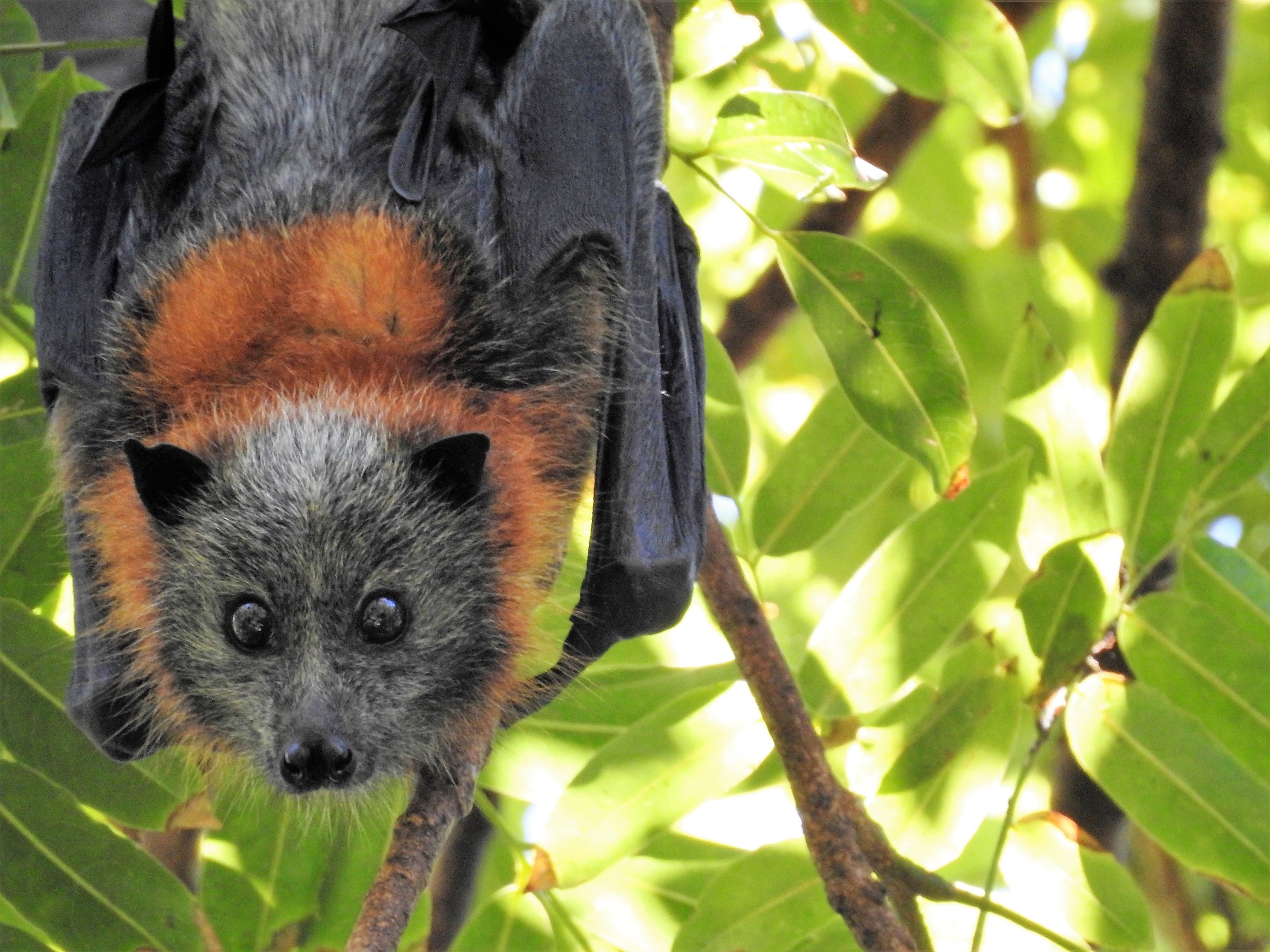
30 Fruit Bat Facts About the Majestic Megabat
Fruit bats can eat up to twice their body weight in fruit a day. But their genes and cells evolved to process all that sugar without any health consequences − a feat drug developers can learn from.
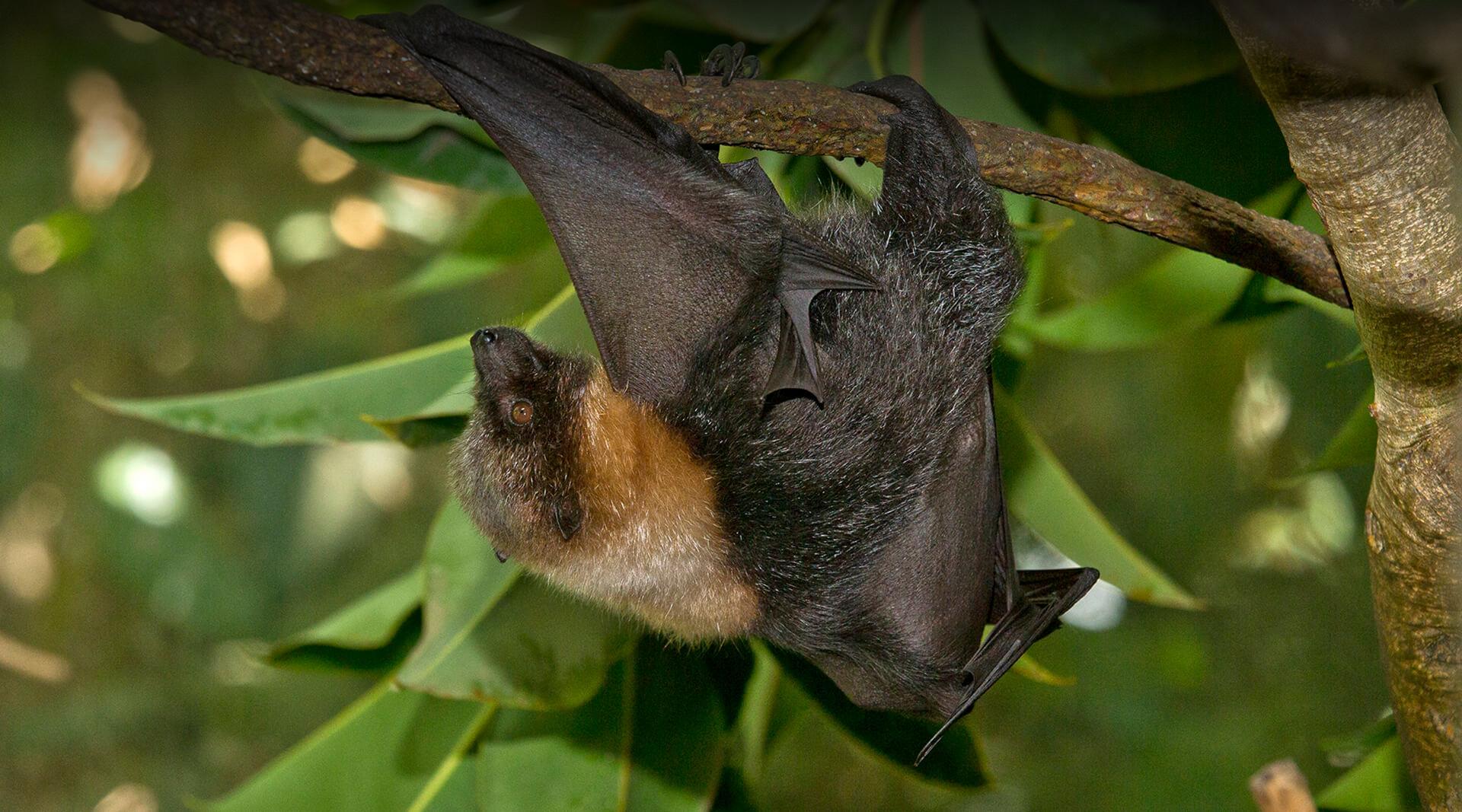
Rodrigues Fruit Bat San Diego Zoo Safari Park
The little collared fruit bat is one of three species of African fruit bat in which antibodies to Ebola virus have been detected along with viral RNA. [4] No culturable virus has been isolated. It is not known whether these species are incidental hosts or a reservoir of Ebola virus infection for humans and other terrestrial mammals.

We pray that you enjoy, and are not instead disgusted by, this collection of cute fruit bats
Rhinophylla pumilio dwarf little fruit bat By Kristy Craig Geographic Range Habitat Physical Description Reproduction Lifespan/Longevity Behavior Communication and Perception Food Habits Predation Ecosystem Roles Economic Importance for Humans: Positive Economic Importance for Humans: Negative Conservation Status Contributors References
.jpg)
FileLesser shortnosed fruit bat (Cynopterus brachyotis).jpg Wikimedia Commons
Little collared fruit bats do not show any significant sexual size dimorphism, males tend to weigh 40 g and have a total body length of 112 mm, whereas females typically weigh 34 g and have a total body length of 102 to 105 mm. The differences observed in an individual's size and fur are associated with their age. These bats have unique hairs.
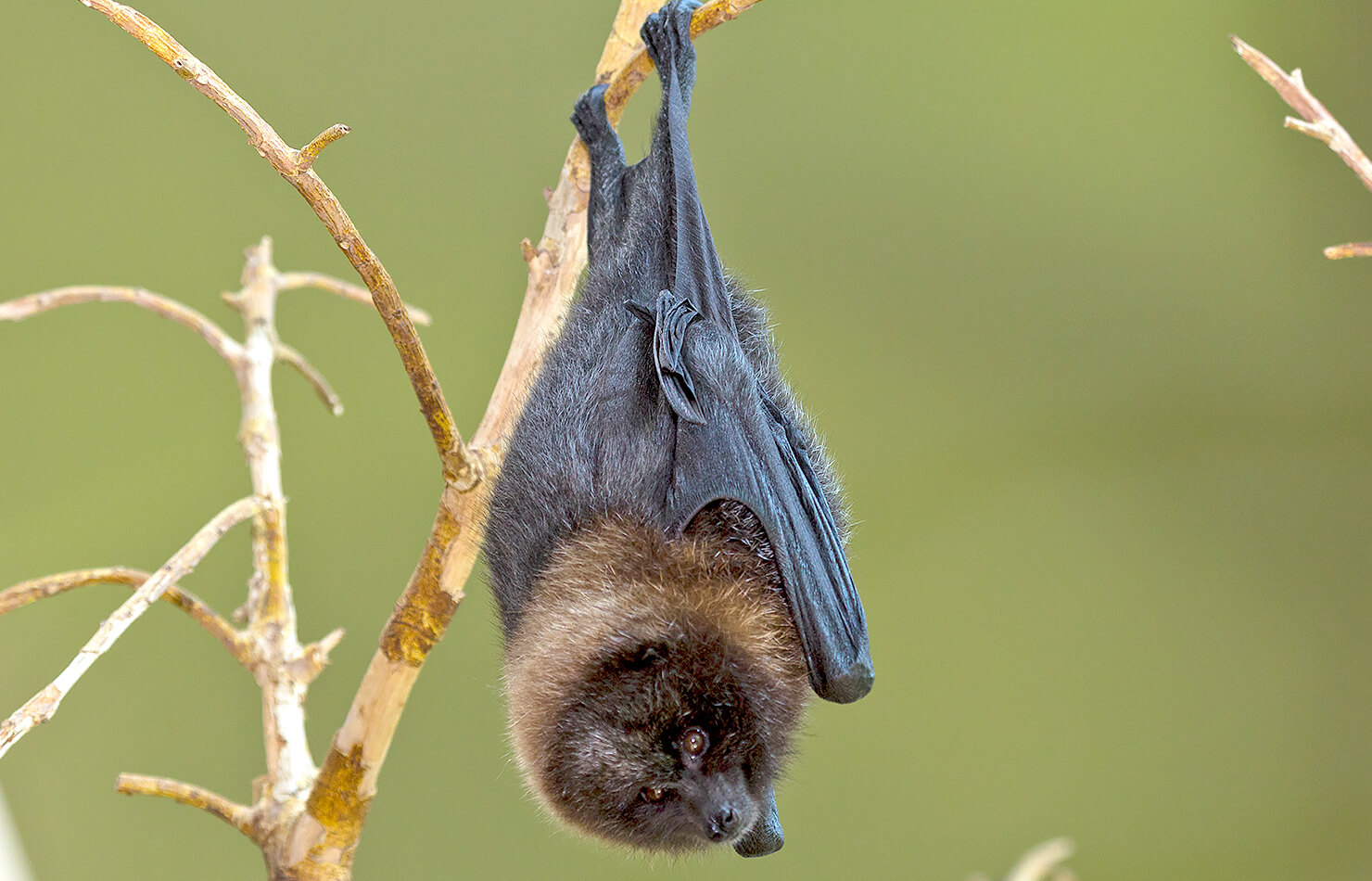
Cute Fruit Bat
ADW: Artibeus lituratus: INFORMATION Artibeus lituratus great fruit-eating bat By Elizabeth Vega Geographic Range Habitat Physical Description Reproduction Lifespan/Longevity Behavior Communication and Perception Food Habits Predation Ecosystem Roles Economic Importance for Humans: Positive Economic Importance for Humans: Negative
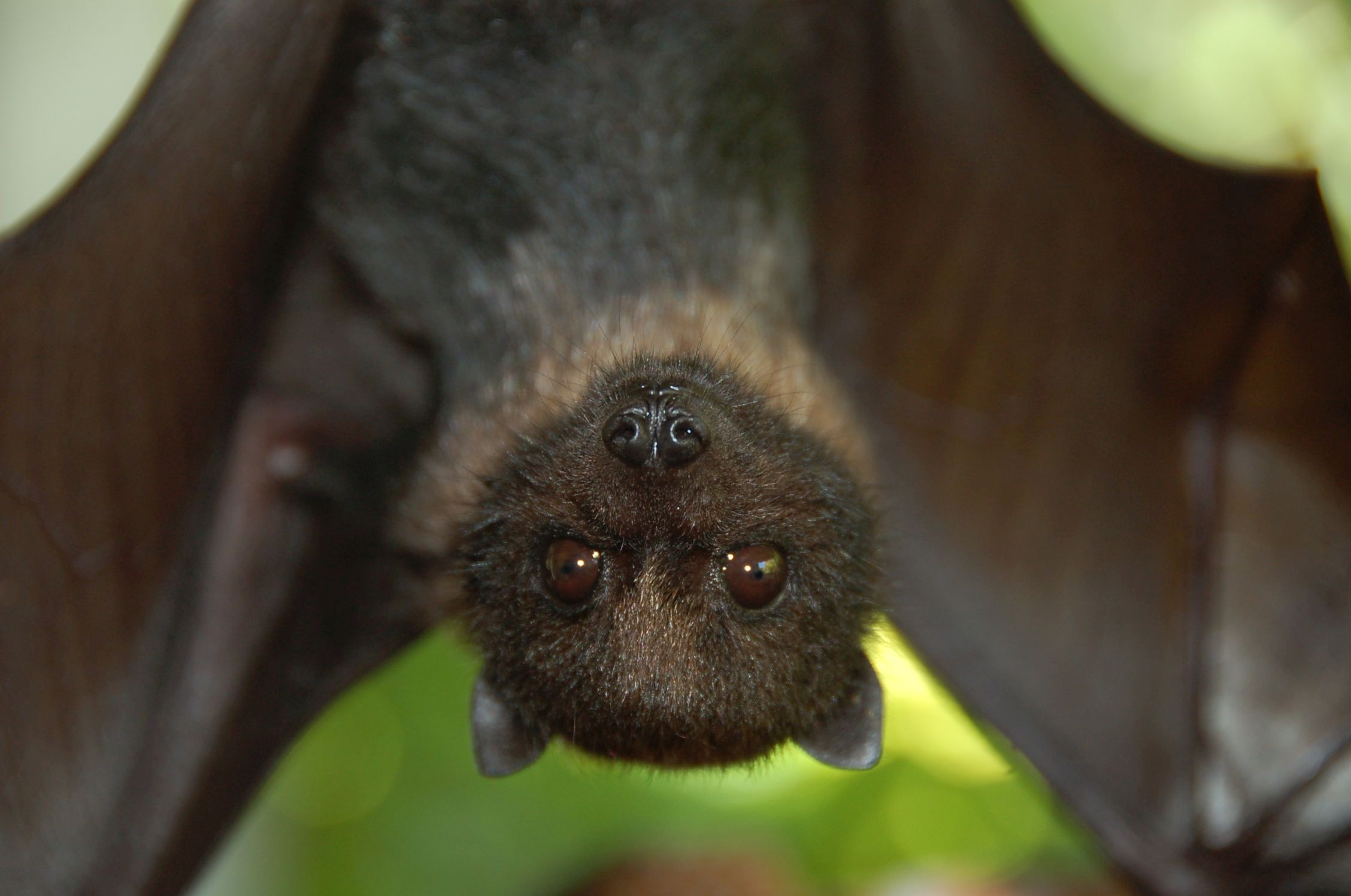
Cute Fruit Bat
The little Mariana fruit bat, also known as the Guam flying-fox, the Guam fruit bat, and the fanini, was a medium-sized tropical bat. It had a body length of 5.5-6.0 in (14-15 cm) and a wingspan of 25-28 in (65-71 cm). Its abdomen and wings were brown to dark-brown, the back and sides of the neck varied from brown to pale gold, the top of the.
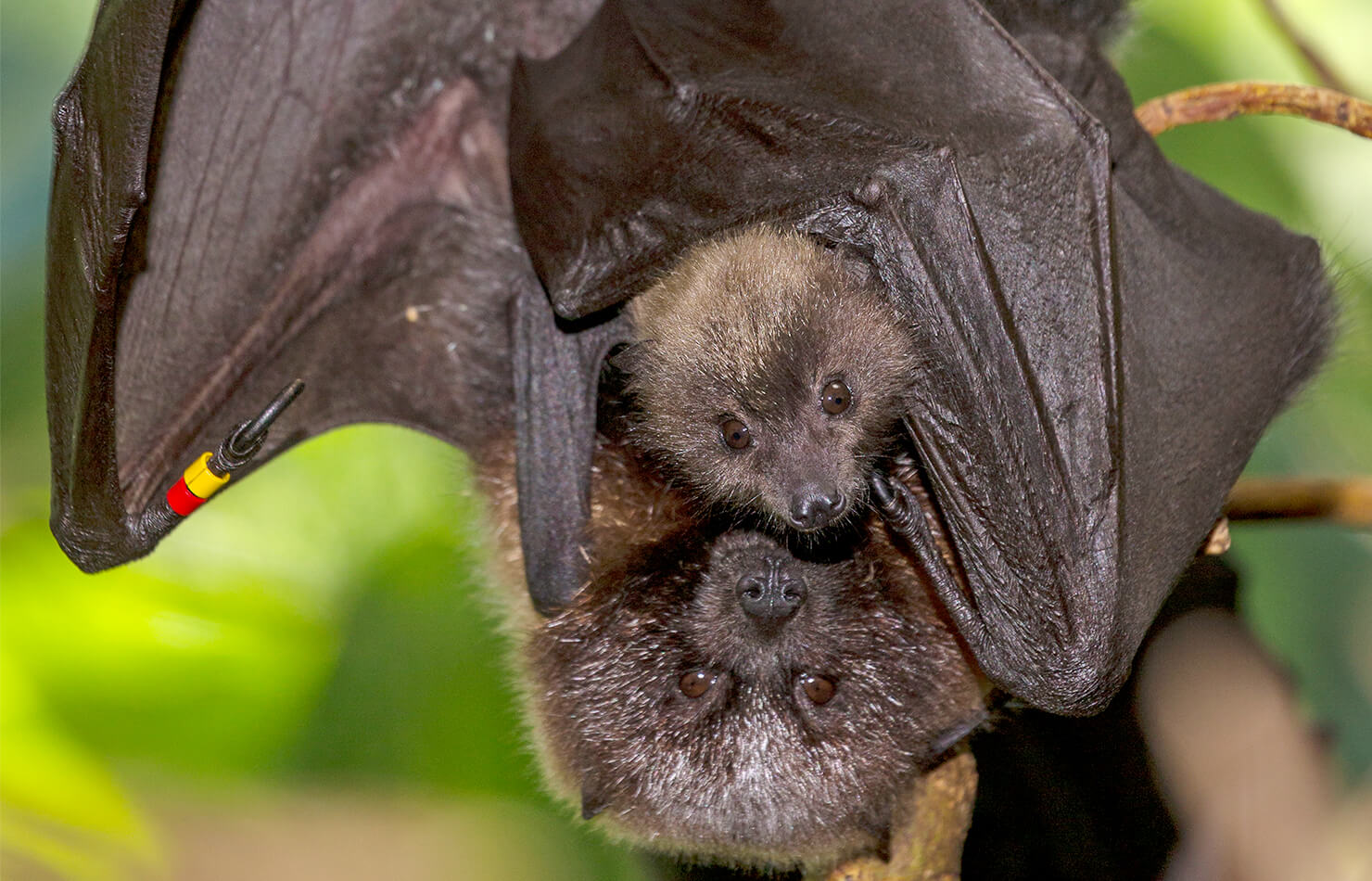
Murciélago de la fruta de Rodrigues Localizador
Rhinophylla pumilio (Dwarf Little Fruit Bat) is a species of bats in the family New World leaf-nosed bats. They are native to The Neotropics. They are nocturnal herbivores. They have parental care ( female provides care ). They rely on flight to move around. EOL has data for 48 attributes, including: body shape bilaterally symmetric diet breadth 1

Fruit Bats of Cairns Australia YouTube
Fruit Bat Facts Name Of Young Pups Group Behavior Colony Fun Fact Among the largest bats in the world Estimated Population Size

Fruit bat Sooooooo Cute Baby bats, Cute bat, Bat flying
Little is known about the lifespan of Jamaican fruit-eating bats.. One research team described the feeding habits of Artibeus as causing "a continuous rain of fruit and bat excrement throughout much of the night and with sunrise came herds of aggressive local pigs to gather the night's fallout of figs." Jamaican fruit-eating bats quickly.

Epauletted Fruit Bat (Epomophorus sp.) juvenile Flickr
7-13 g oz Length 43-58 mm inch The dwarf little fruit bat ( Rhinophylla pumilio ) is a species of leaf-nosed bat from South America. Cr Crepuscular Fr Frugivore He Herbivore Ar Arboreal Zo Zoochory Po

Baby Bat Baby bats, Cute bat, Fruit bat
The Neotropical fruit bats (Artibeus) are a genus of bats within the subfamily Stenodermatinae.. Little is known about the reproduction of many species. A. jamaicensis has a gestation period of usually 112 to 120 days that can be extended up to 180 days due to dormancy. The offspring usually consists of one young, which is weaned after two.

Dwarf little fruit bat (Rhinophylla pumilio) Stock Image C050/2119 Science Photo Library
The dwarf little fruit bat ( Rhinophylla pumilio) is a species of leaf-nosed bat from South America. [2] Description As its name implies, the dwarf little fruit bat is a relatively small bat. Adults are just 4 to 6 cm (1.6 to 2.4 in) in head-body length, and weigh only 7 to 14 g (0.25 to 0.49 oz).
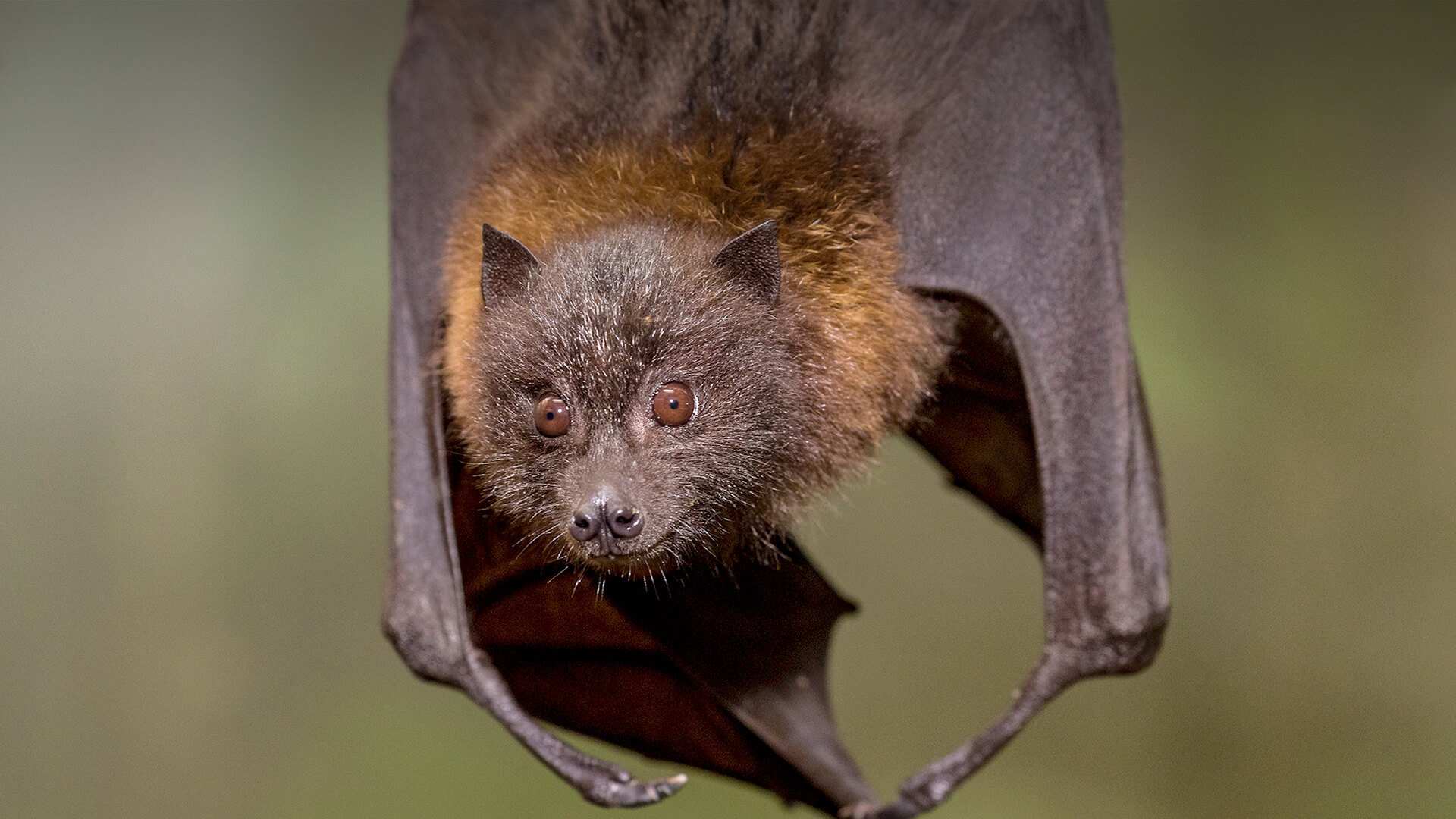
Cute Fruit Bat
14 Types of Fruit Bats Fruit bats are found in tropical and subtropical regions around the world where fruit is grown. Flying foxes are some of the largest fruit bats. Keep reading to learn more about different types of fruit bats. 1. Large Flying Fox Malaysian flying fox | image by Jean via Flickr | CC BY 2.0 Scientific name: Pteropus vampyrus

Pin by Dinah Lees on All Things Bat ! Fruit bat, Bat, Bat species
The Mariana fruit bat ( Pteropus mariannus ), also known as the Mariana flying fox, and the fanihi in Chamorro, is a megabat found only in the Mariana Islands and Ulithi (an atoll in the Caroline Islands). Habitat loss has driven it to endangered status, and it is listed as threatened by the US Fish and Wildlife Service.
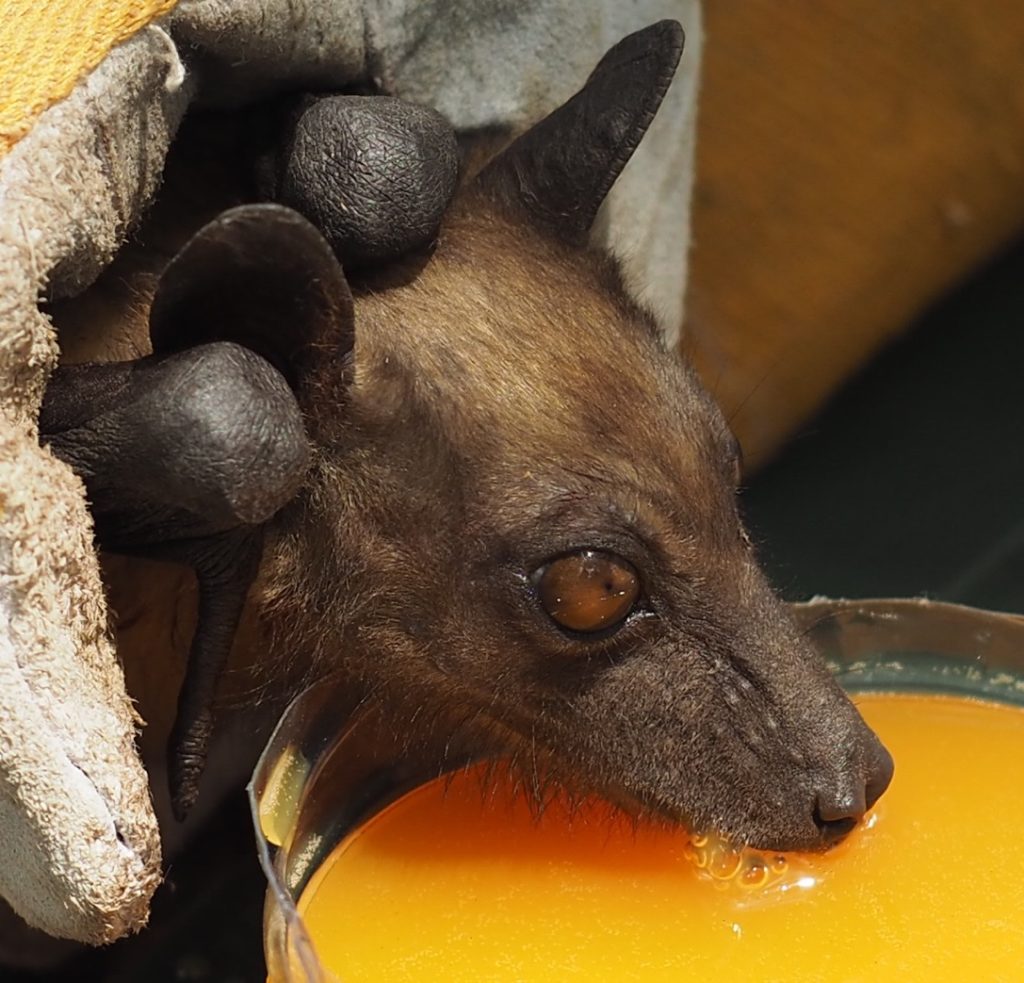
On Biology Fruit bats in flight
Description The Mariana fruit bat is a mid-sized bat which weighs 0.6 to 1.1 lb (270 to 500 g), and has a forearm length of 5.3 to 6.1 in (13.4 to 15.6 cm). Males of the species are slightly larger in size than the females. Their abdomens are colored from black to brown, while also having gray hairs.